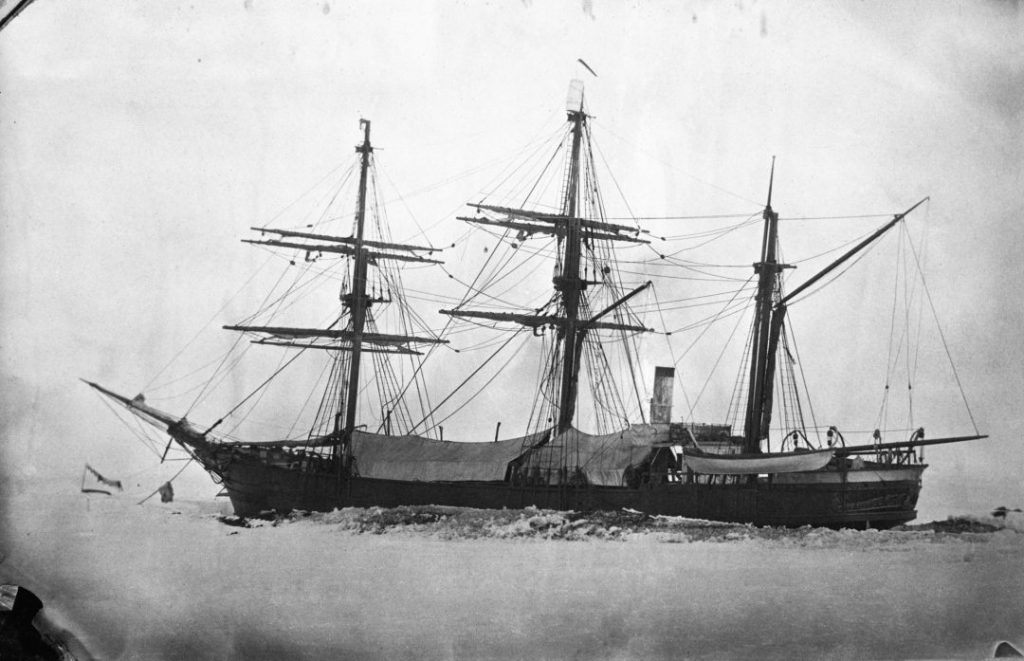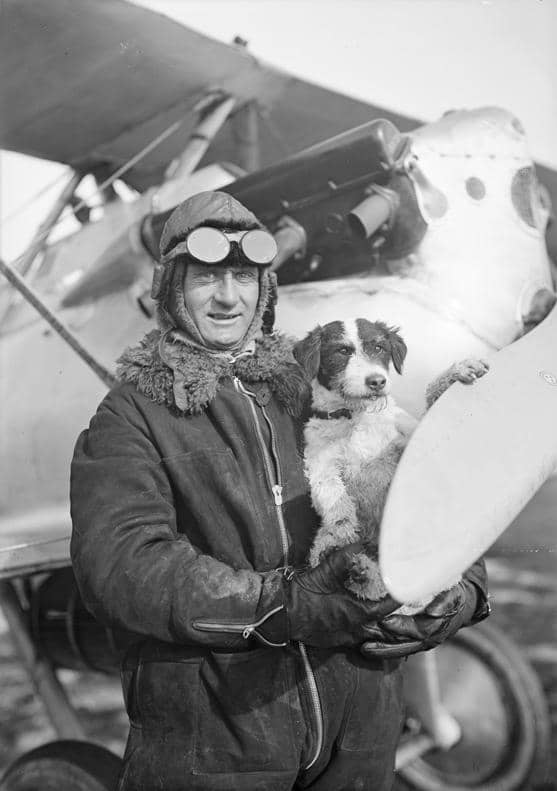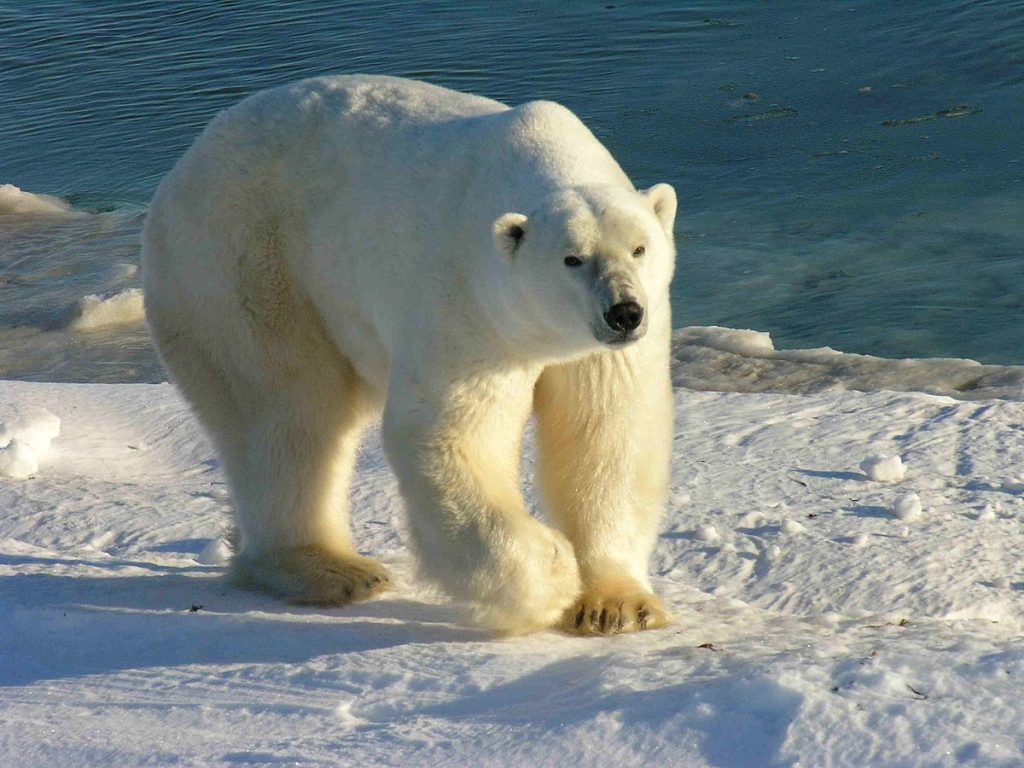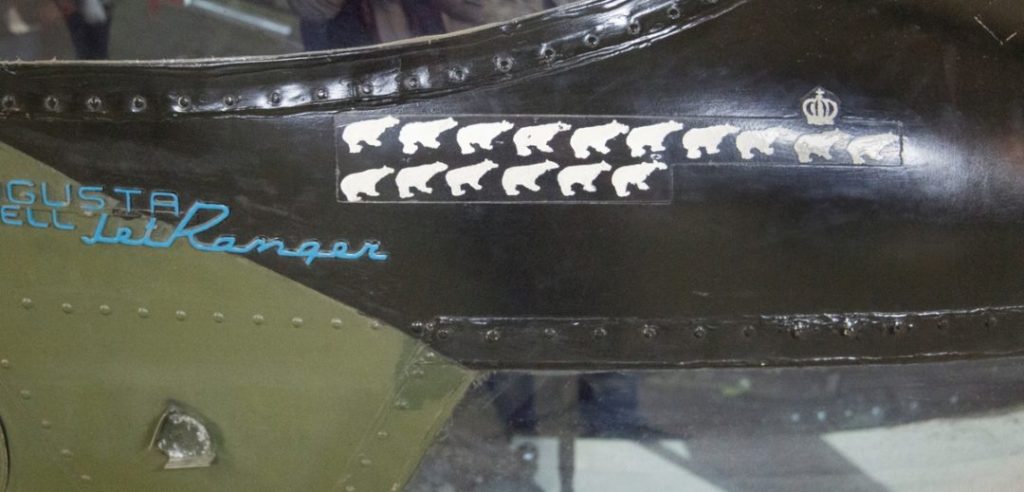Helicopters over the Arctic
On the 24th of June 1980 The Swedish Navy icebreaker Ymer departed from Stockholm and began by setting a southward course. However her destination was really far up to the North. Ever since April of that year Ymer had been preparing for a research expedition to the Arctic and the Northern Arctic Ocean. With 174 people on board, of which more than 100 were associated with the additional accommodation, furnished containers had been loaded to ensure there would be room for all.
The dockyard in Finland that had delivered the icebreaker to the Swedish Navy in 1977 had said that since Ymer was not classified to sail into the Arctic to break the ice there, her guarantee would not be valid. She had been built to break ice in the Gulf of Bothnia and the Baltic Sea, not anywhere near the North Pole. The crew had therefore been assigned an important task alongside the Arctic research mission, namely to study and evaluate the ability of Ymer to deal with the Arctic ice, with the aim of collecting data to improve future icebreakers.
Part of the inspiration for the expedition was the fact that it had been 100 years since the Swedish Vega expedition, which took place from 1878 to 1880. Under the leadership of Adolf Erik Nordenskiöld the Swedish vessel Vega had succeeded in finding and sailing through the North West Passage, a hitherto hypothetical sailing route between the Atlantic and Pacific Oceans via the Northern Arctic Ocean along the coast of Northern Russia. The Vega expedition is ranked as the most successful Swedish Polar venture, but since that time Swedish Polar research had not shown further progress. Vega had been a Swedish Navy ship, and this was a proud heritage, both for the Navy and for the Swedish research community.

The ship Vega temporarily trapped in Polar ice. Photograph taken by Louis Palander: Source the Digital museum
Swedish aviation had earlier been active near the North Pole. The most fateful event had been the Andrée expedition in 1897 when Engineer Andrée and his companions disappeared in their modified hot air balloon. Not until a decade later were their remains found on White Island in Svalbard. Another Swedish Polar flyer was Einar Lundborg who gained fame by finding the survivors from the crashed Italian airship Italia and flew out the expedition’s leader Umberto Nobile. He force landed on his second attempt but survived, and later the rest of the Italia’s crew could be rescued.
A total of 119 researchers from various disciplines ware aboard Ymer, ready to perform a wide range of investigations. Even in 1980 there was concern about the climate.

Einar Lundborg was a Swedish Air Force pioneer in the 1920s. He was killed in 1931 while test flying a Swedish J6 Gerfalcon fighter aircraft. He is most famous for his efforts to rescue the Italian Polar expedition: Source Flygvapenmuseum.
Aboard Ymer there were also two Swedish Navy Hkp6 helicopters. These had been assigned civil registrations prior to the expedition, as the Northern Arctic was already a political and climatically sensitive area. Sweden’s neighbours Denmark and Norway had control of the islands and exercised economic interests in the area. A long time had elapsed since 1814 when these countries had been at war, and Denmark and Norway welcomed the Swedish expedition. Their eastern neighbour, the then Soviet Union and present Russian Federation, was however sceptical and would not allow the expedition to perform research within the area of sea that was considered to belong to the Russian sphere of interest. The fact that the two helicopters bore civil registration made no difference.
One of the helicopter pilots was Ulf Nylöf, who was also the ship’s doctor. One task for the helicopters was to make it possible to mark polar bears. They had protected status, but it was believed that the species were growing in numbers again in the area to be covered by the Ymer expedition. In order to be able to study these animals, as many polar bears as possible needed to be marked, although getting close to them in an enormous icebreaker would not be possible. On the other hand, the ship’s bridge offered an excellent observation platform overlooking the icy expanse.
Ulf describes in his book ”Marinflyget på västkusten” (”Naval Aviation on the West Coast of Sweden”) how it was all done. When a polar bear was sighted from the bridge it was action stations for the helicopter. The crew quickly put on their survival suits and jumped into the helicopter. In the cases of the 14 polar bears where Ulf was involved, he was the pilot and there were two researchers in the back, one Danish and the other American. The right hand rear door was removed, in order to give the researchers a free field of fire for the anaesthetic dart gun.

Polar bears are the largest carnivores on land and are known for defending themselves against humans if they feel threatened. They are excellent swimmers and can cover long distances this way. This also enables them to flee from hunters who without canoes can no longer follow. This behavior led to one of the marked polar bears managing to reach open water and drowning as the anaesthetic took effect. Photograph Wikimedia commons
It was now up to the pilot to get close enough so that the shooters could be in a good position, while at the same time avoiding large ice blocks and similar obstructions, because the ice in the Arctic is neither static nor flat and even. Ideally the helicopter needed to be positioned behind and above the bear whilst approaching from the side so as to provide the shooters with the best possible stable firing position. The researchers then had the job of using their anaesthetic dart guns to fire their darts into the animal’s thighs. After a successful shot the Hkp6 had to wait nearby until the bear had fallen asleep. At this point the helicopter could land and the crew take samples, weigh and measure the bear, finally applying a marking to its ear.
On a couple of occasions a sleeping bear would be carried across to Ymer for more detailed examination. In these cases speed was of the essence so that the bear would not wake until it was on board, or after the helicopter had flown it off again.
Another time, Ulf was forced to act as the ship’s veterinary surgeon when an anaesthetic dart had gone through a bear’s blubber and could not be removed as usual. This meant that he was doubly useful, as both a helicopter pilot and a ship’s doctor.
The two helicopters and their pilots began a competition to see who could mark the most polar bears, which resulted in small white polar bear silhouettes being painted on their helicopters. Y51, the Type 6 helicopter that is now inside the Aeroseum, was flown by Ulf Nylöf and collected 16 miniature polar bears. As the King, Karl XVI Gustav, was present on one occasion, one of the bears is now surmounted by a crown.

Close-up of the polar bear markings on Y51 in the Aeroseum. Note the crown over bear number 9 and also the halo over bear number 16 that tragically managed to reach open water despite being struck by several anaesthetizing darts, and drowned before it could be rescued.
